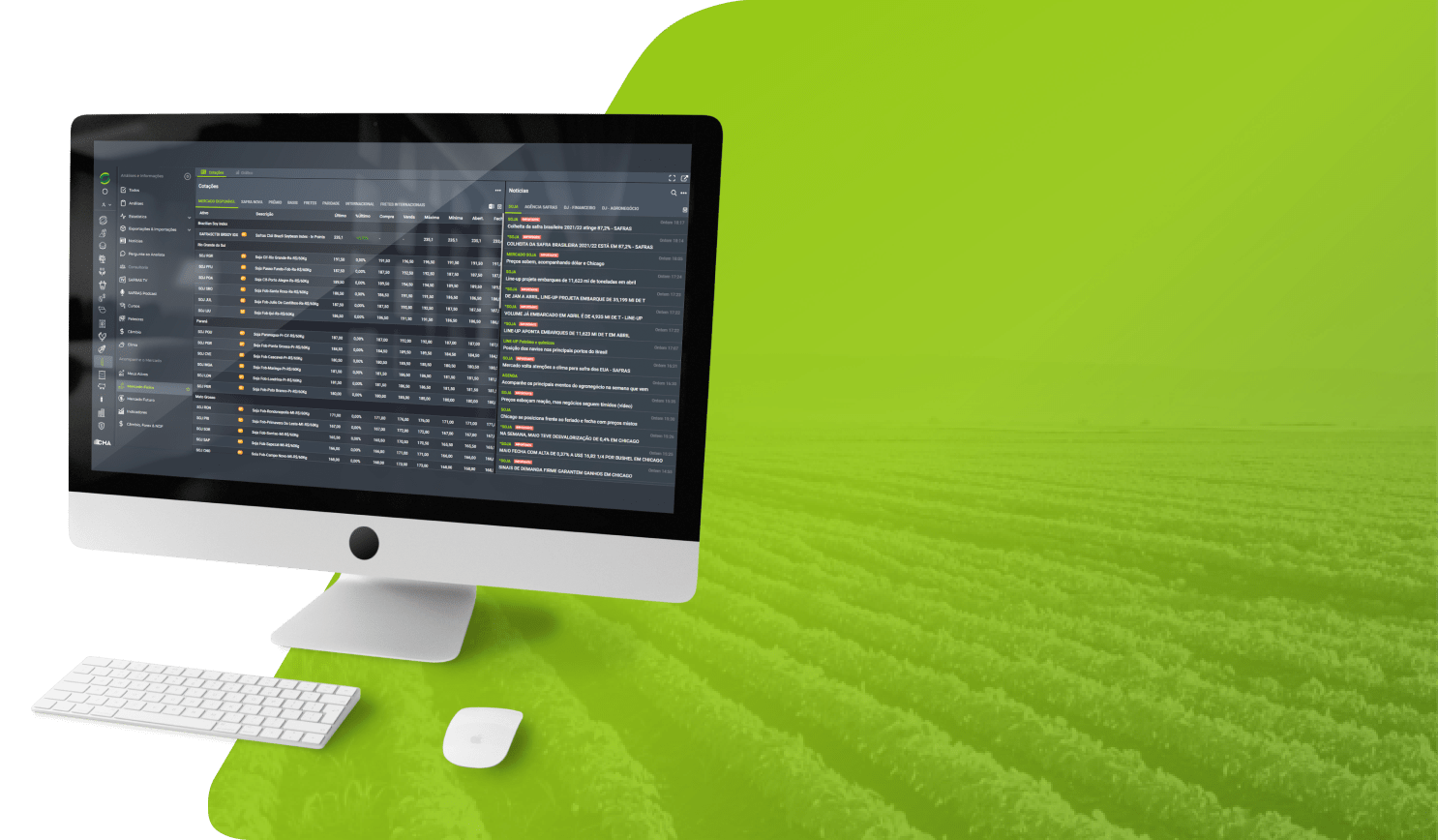The coffee harvest in Brazil is advancing rapidly, taking advantage of the dry climate and early maturation of arabica. According to SAFRAS’ weekly monitoring, through June 11, 37% of the 24/25 season had already been reaped. This percentage exceeds the same period last year, which was 33%, and the five-year average of 34% for the same period.
The conillon harvest remains at a good pace and has already exceeded half of production, with 51% of work already completed. After a slower start, the harvest has sped up, especially in Rondônia. However, spotty rain somewhat hampered the harvest in Espírito Santo. Even so, the progress is above the same period last year (49%) and in line with the five-year average. Reports of small coffee beans and losses of around 10% to 15% of the crop continue, with some producers indicating up to 30% of coffee below expectations. This reinforces the idea of a negative update in the crop number.
The arabica harvest, in turn, has been fast, with 30% of work already completed. Thus, it surpasses both the same time last year and the 5-year average, both at 25%. Although the issue of the smaller beans continues to be a problem, this has not translated into a decline in income (i.e. more beans for one bag of processed coffee). Therefore, the expectation is for greater arabica production this year. Producers are maintaining good procedures for coffee drying, processing and resting, which contributes to the final quality. In any case, a little more coffee is starting to appear in cooperatives and trading centers.
Dry weather is expected to persist in most of Brazil’s coffee areas, especially in the south, Cerrado, and Matas of Minas Gerais over the next 10 days. Despite concern about the plant water stress, this climatic condition favors the coffee harvest progress and drying. However, weak and irregular rains are forecast for Bahia, northeastern Minas Gerais, and Espírito Santo this week. The daily volume varies between 1 and 14 mm. Temperatures will remain mild, typical of fall, with colder mornings. In some colder regions, the lows may fall below 10°C, but afternoons will be warmer.
In the middle of next week, the advance of a cold front should bring rain to Paraná and southern São Paulo. After the rains, temperatures should decline sharply but with no risk of frost or problems for crops.





